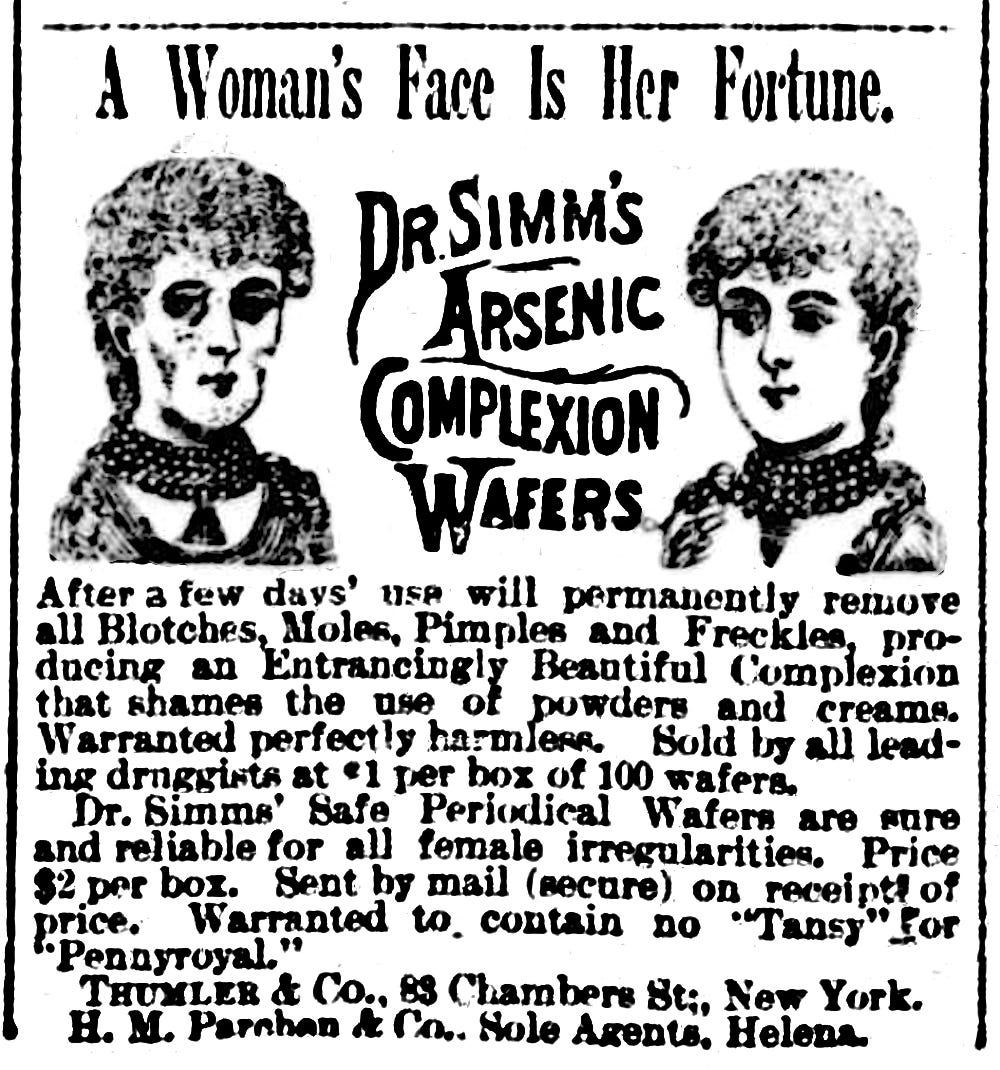Lately I’ve been inundated by Instagram ads for something called Fatty15. It’s promoted with so much enthusiasm and glee—promising so many health and anti-aging benefits—I want to believe it’s true.
But that’s how I felt about SpoiledChild, another online, celebrity-supported supplement that a host of actresses swore radically changed their lives.
There are so many well-known women hawking products claiming to rejuvenate, revitalize, and renew everything from hair to skin to libido to vaginas to energy to productivity to vitality. And more.
On the one hand, the conversation is moving in the right direction, with so many being outspoken about aging and menopause. Not that long ago, issues affecting older women were kept quiet—rarely discussed openly or in a public forum. So women with big-name recognition coming forward to share and educate is heartening.
But what’s also going on is an age-old tactic women have been subjected to since before the beginning of advertising and product development: selling promises of change, too often with fear as a powerful subtext.
Fear that you’ll look your real age—and in doing so, no longer feel, or more importantly, be seen or treated as attractive, as viable, as appealing. Which was/is also code for being fertile.
Women past the point of child-bearing were not nearly as important to society when the goal for girls was to get married and have children. And while we might think we’ve evolved past that mindset, it still has a firm grip on women—and on the messages we’re being sold.
Looking back, countless products have flooded the market promising the same results as the ads currently in my social media feed. Tonics and pills, creams and powders, douches and bust developers—the list is endless. I’ll be highlighting some of the more egregious, humorous, and outlandish examples along the way. Some were harmless, some were toxic, some were poisonous.
Some not-so-healthy examples:
Arsenic wafers and lead-based products claimed to maintain pale skin and healthy complexions—often a stand-in for wrinkle masking. Both had serious side effects.
Radium was used as a rejuvenator—but had serious health implications.
Once aging was medicalized, we hit new ground. Early hormone therapy was promoted as the fountain of youth—but for many who took it, the result was cancer.
Even today, as a plethora of products hit the market—buzzwords like age-defying, anti-aging, and longevity are floating around with enthusiastic promise—perhaps they’re not so different from the snake oil pitches that came before.
And even if they do promote healthier cells and smoother skin, could convincing women they need to be fixed or saved from the natural process of aging be more detrimental than beneficial? That is a totally valid question to ponder on.






This is so smart and so needed, Elissa! I love that you’re calling out the double-edged sword of visibility…. yes, it’s progress that aging & menopause are being talked about more openly…… but not if the conversation is being steered by marketing departments selling fear in a bottle. I’ve definitely had moments of “maybe this supplement will be the one” before reminding myself I’m not a project to be constantly upgraded. Can’t wait to see more of your greatest hits (& worst offenders) from the beauty snake oil vault. 👏💊🧴